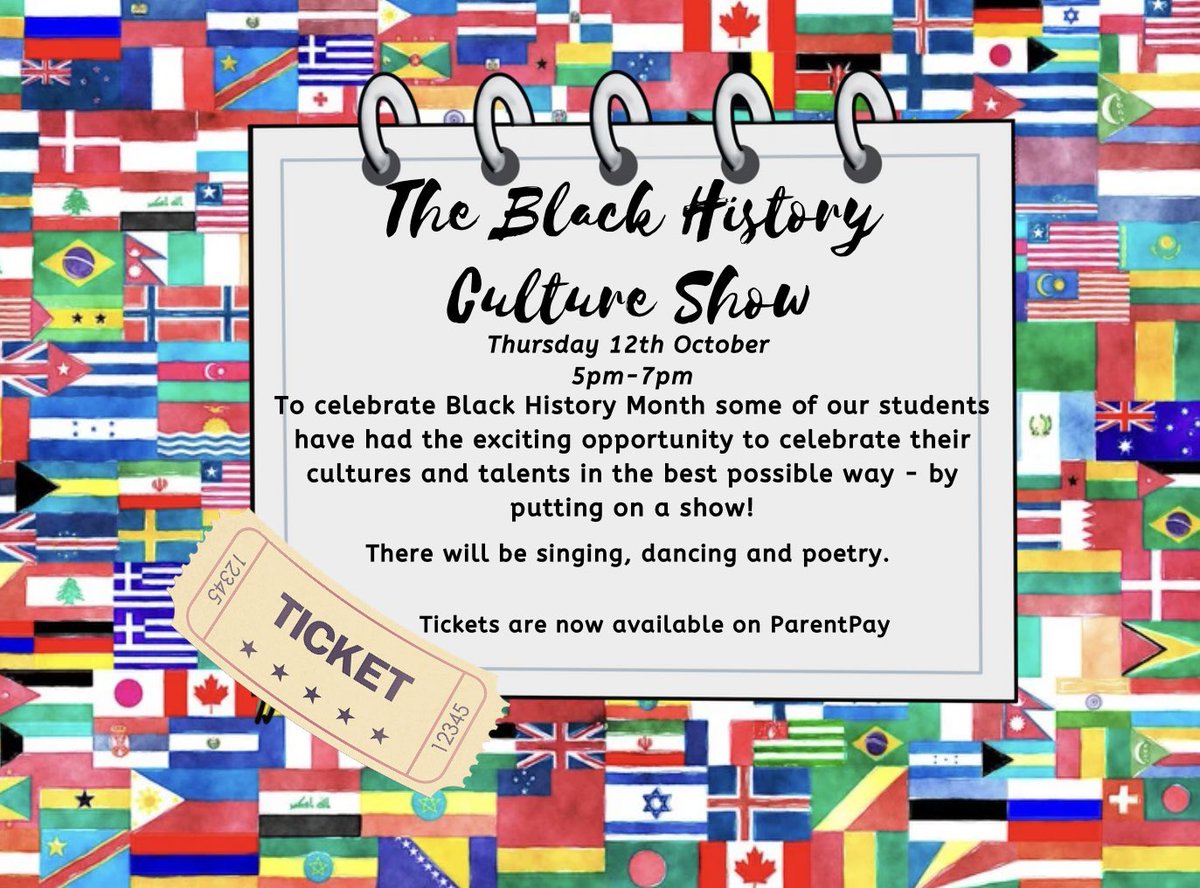What is Vision and what is Culture?
"Vision gives us the feeling for details; it tells us what the details should be; and in turn the details support the vision - like key stones."
Below you can find the entire contents of the 'Vision and culture' section from The Orange Book
The pdf version is downloadable from the bottom of this page
What is vision and what is culture?
Our vision is what we see - for our students. People think of vision as something in the future; something to aim for, but vision should not be considered something for the future only. The powerful part of our vision is what it tells us to do right now; how it makes us feel right now about what we see and what we experience. If we have a clear vision we can feel that what we do now is sometimes not right; it doesn’t feel right. It’s an intangible tangible; like Christmas, or love or personal space. If someone stands too close it is tangible but nobody defines their personal space as 18 inches, for example, or two feet; and yet we know tangibly that it feels wrong and we move, almost automatically because the intangible is tangible enough to make us react.
Similarly if our vision is tangible it makes us feel its presence day to day; in every academy moment. It directs our decision making and our reactions; it guides us, warns us, nags us and pokes us. If we believe in the vision we don’t need to consider much; our instinct aligns with the vision; our perceptions fall into step like ducks in a row. If we don’t believe in the vision or we cannot see it, every decision is a conscious one; we mix pragmatism randomly with ideals according to the demands of the day; we become transactional. We say things like ‘it would be easier’ and ‘that’s what we used to do at my old school.’ We drift and we create misalignment which is tough to correct.
Leaders who don’t see the vision and don’t believe the vision, don’t feel the vision. They are the people who stand too close and whom we constantly correct; the ones whose decisions we check, letters we edit, plans we insist on seeing. They cannot grow because the climate is not theirs. They need to adjust to the climate.
Leaders who feel the vision attract trust and autonomy; and grow instinctively, even influence the vision in their image.
How do we define vision?
The vision is often difficult to define without the anecdotes which reveal it. When vision is understood and is backed by culture, it is difficult to see from the inside because it is what we do every day. And what we do every day becomes habit and habit becomes imperceptible. We put our car keys down in the same place everyday but probably can’t say where that is until we do it again.
Vision is an intangible tangible; like ‘Christmas.’
‘Christmas’ is tangible for most of us; it starts around the end of November and ends around the end of December. We experience it fully but we cannot describe with any conviction what it is for us. We need the details. If our partner says, ‘I won’t get a tree this Christmas; the tree is dead by the 24th, ’ we say ‘But it’s not Christmas without a tree!’ We think that without a tree, Christmas would be ruined forever. The tree is not Christmas; but it is one of the tangible details which hints at and supports the intangible tangible power of Christmas.
Similarly if vision is there; it shows in details. We feel the details. Vision gives us the feeling for details; it tells us what the details should be; and - in turn - the details support the vision like key stones.
What is culture?
The vision dictates the culture. Culture is the accumulation of daily details. It is what we do when nobody is watching. Culture is what we do every day. If the culture does not support the vision, the vision is useless. The more the culture matches the vision, the more the vision becomes a reality; because culture gives substance to vision.



















